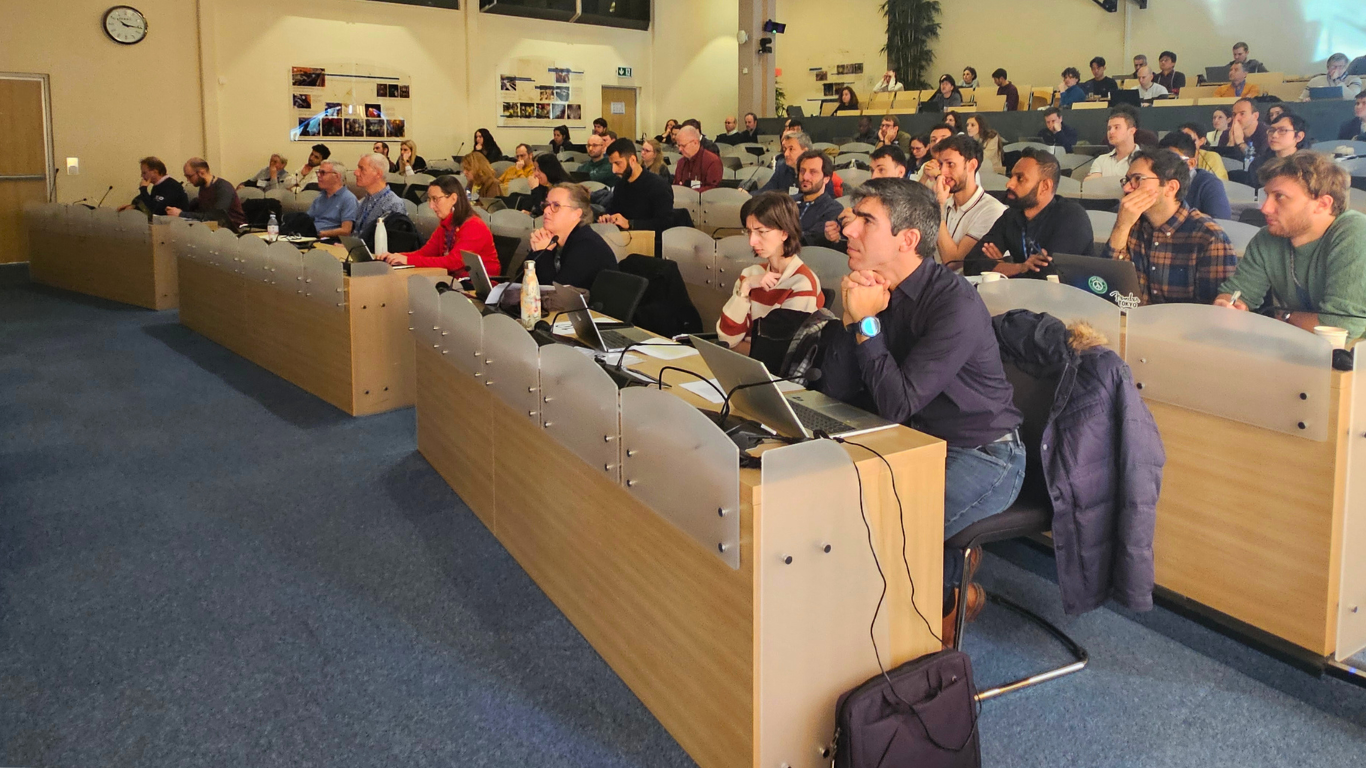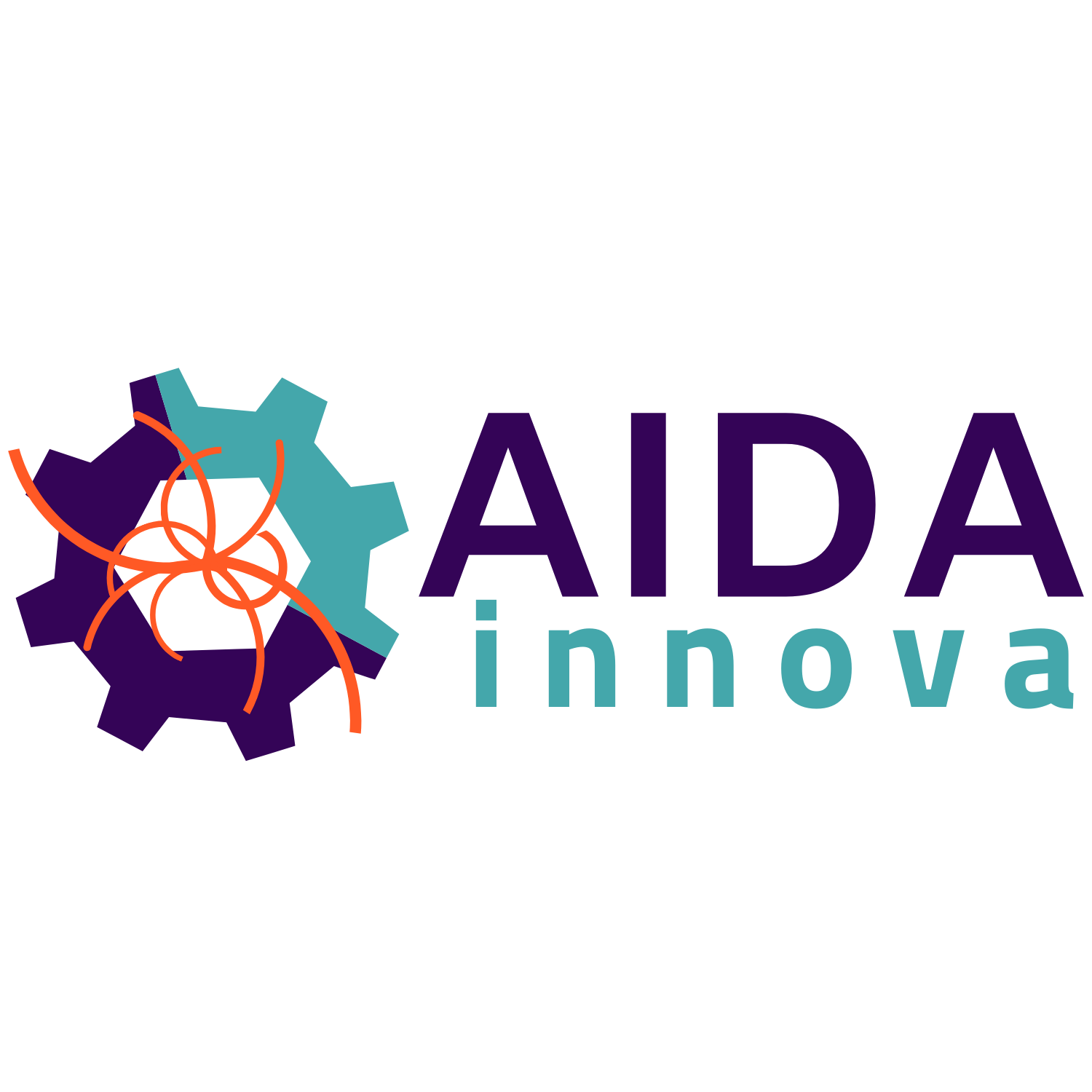
The two fields of particle detectors and quantum technologies are intrinsically linked in a variety of ways, and yet there are few occasions for those working in these areas, especially early-career researchers, to come together to share knowledge and learn.
That was the purpose of the two-day course on quantum applications that took place on January 23 and 24 at CERN, organised through the EU-funded AIDAinnova project.
The event featured talks by 15 prominent experts in the fields of detectors and quantum technologies and attracted more than 100 participants over the two days, in person and on video conference.
The topics presented ranged from introducing the principles of quantum mechanics, to elaborating on different application areas, such as quantum sensing, metrology, quantum computing, and superconducting nanowire detectors. There were also four industry talks from representatives of Amsterdam Scientific Instruments, IBM Quantum, STMicroelectronics and Hamamatsu.
This merging of academia with industry was particularly appreciated by participants and speakers alike.
“What I thought was especially nice was to get more insight on some concepts that are being applied in industry,” said one speaker Daniel Egger, who works as a researcher in the Quantum Applications Research and Software group in IBM Research – Zurich.
He highlighted talks on quantum random number generators and quantum sensors as being particularly interesting for him. “Getting a sense of what is happening outside of research is valuable,” he added.

Karla Ivanković Nizić is doing a PhD at the Institut Ruđer Bošković in Zagreb and was one of five participants who received financial support through AIDAinnova to attend the course. She is working on the development and optimisation of single-crystal Chemical Vapor Deposition (CVD) diamond detectors for use in cryogenic temperatures and radiation-harsh environments.
“I liked the course a lot,” she said, adding that she applied for it to gain more knowledge for her research, network with industry representatives and to have the opportunity to visit CERN.
In that respect, she said the course met her expectations. “The best thing was that it merged industry and academia, and created opportunities to network with a lot of different people. This is very valuable for those pursuing PhDs,” she said. “It was also really great to see that after finishing a PhD there are many opportunities in industry.”
The course also featured a poster session with 15 early-career researchers demonstrating projects that they are working on. The topics ranged from dark matter detection to cryogenic technologies for quantum and particle detection and advanced detector technologies for cosmic observations.
The second day of the event kicked off with a networking breakfast, giving participants and speakers the chance to meet and discuss their areas of interest.

“It was a fantastic event that broadened our horizons, showcasing how technology and techniques familiar to us in particle detectors are being applied to quantum systems,” said CERN senior scientist Anne Dabrowski, who led the organisation of the event.
“The lectures were outstanding, and the audience — comprising individuals of all ages and backgrounds — was highly engaged. I’d like to thank all the organisers for their efforts in putting together such an event,” she added.
The event was carried out in synergy with the United Nations’ 2025 International Year of Quantum Science and Technology (IYQ), which marks 100 years since the initial development of quantum mechanics.
Recordings of the talks are available at this link.
The Aidainnova project received funding from the European Union’s Horizon 2020 Research and Innovation programme under Grant Agreement No 101004761.
